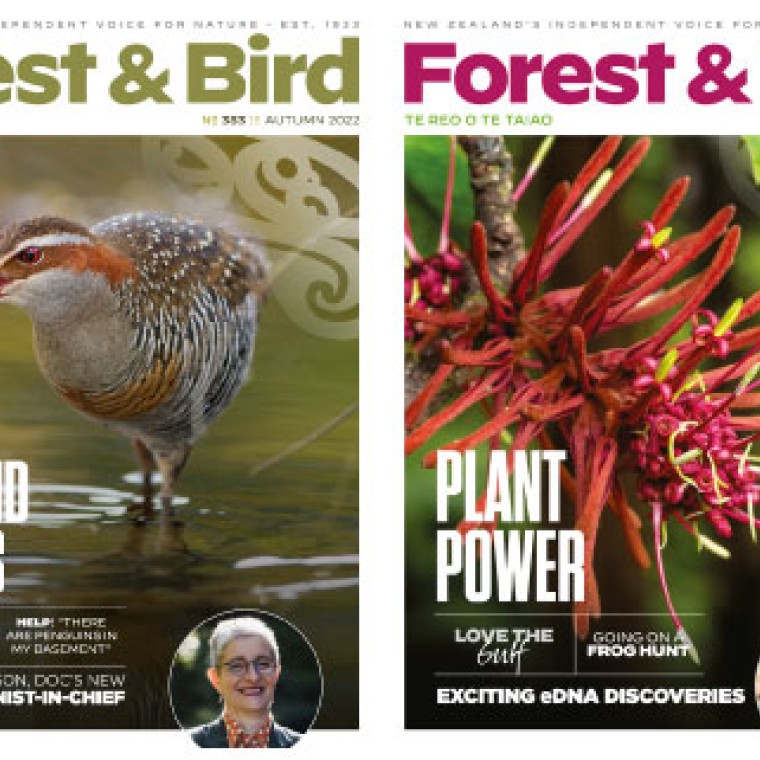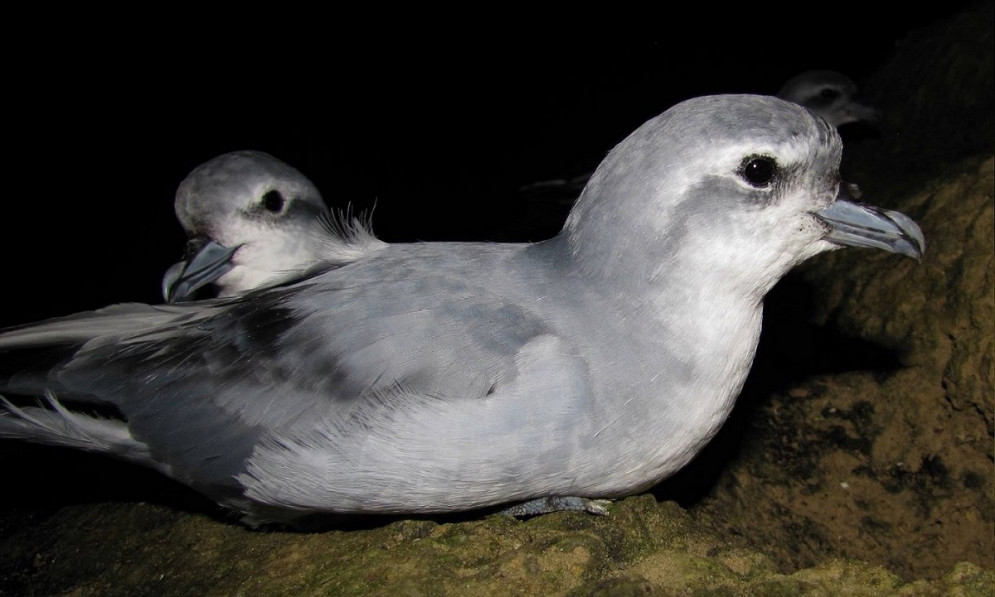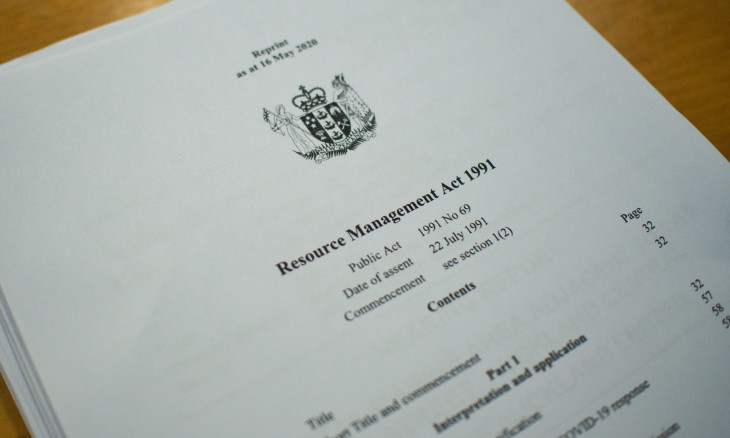Dunedin is a seabird capital with 11 species still breeding close to the city and 19 species frequenting shoreline waters. In all, nearly 40% of New Zealand's seabirds use the waters off Otago.
Globally, seabirds are the most endangered group of birds. Their nesting grounds are threatened by land use change and introduced predators. Many die at sea as bycatch from the fishing industry and overfishing and climate change are depleting their food source.
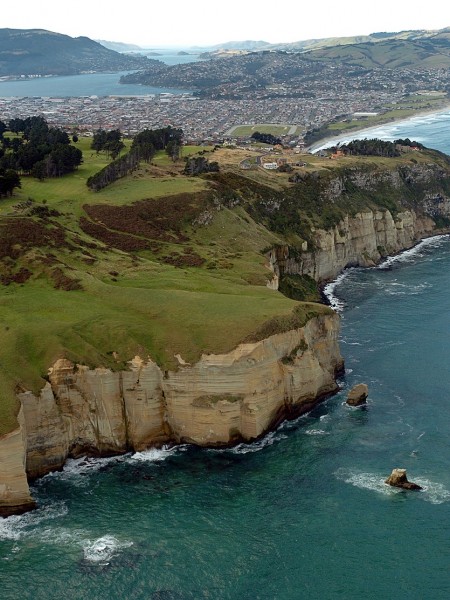
Dunedin From St. Claire Cliffs
Protecting seabirds in the region is a priority for Forest & Bird Dunedin. Our dedicated conservation project, Bring Back the Seabirds, aims to enhance remnant breeding populations on the Otago coast and re-establish breeding species thought to be present at the time of the first human arrival. This is being achieved through predator control and/or exclusion, as well as advocacy to educate the public about the importance of protecting seabirds.
Four sites have been identified in Dunedin and the Catlins:
- St Clair Cliffs
- Sandymount
- Lawyers Head
- Long Point Irahuka
Conservation measures are underway at St Clair Cliffs, Lawyers Head and Sandymount, and we are consulting with stakeholders to begin work at Long Point Irahuka.
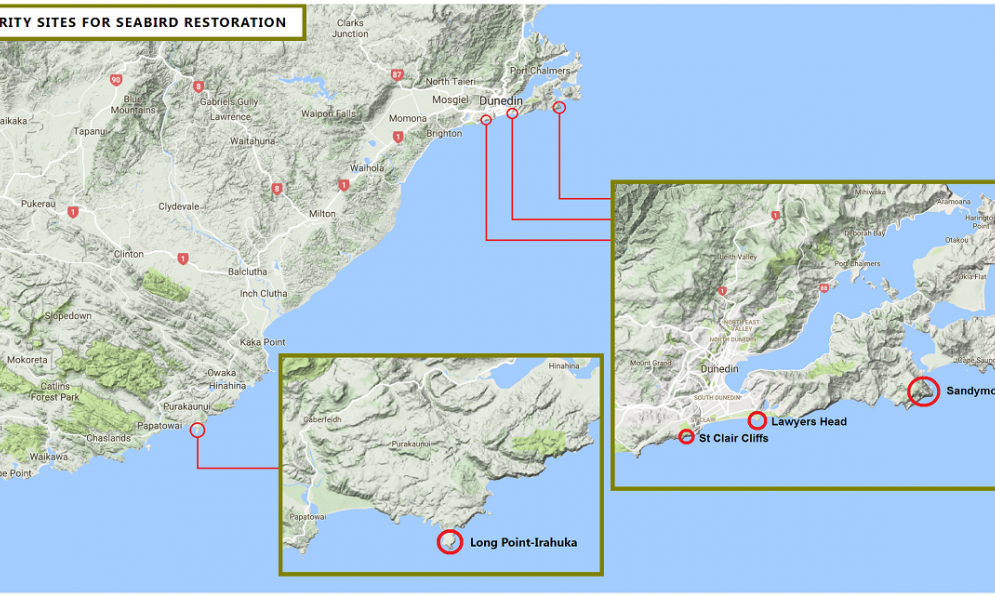
Priority sites for seabird restoration in Dunedin, Otago.
Protecting fairy prions at St Clair Cliffs
Prior to human arrival, fairy prions tītī wainui (Pachyptila turtur) bred on many coastal areas across New Zealand.
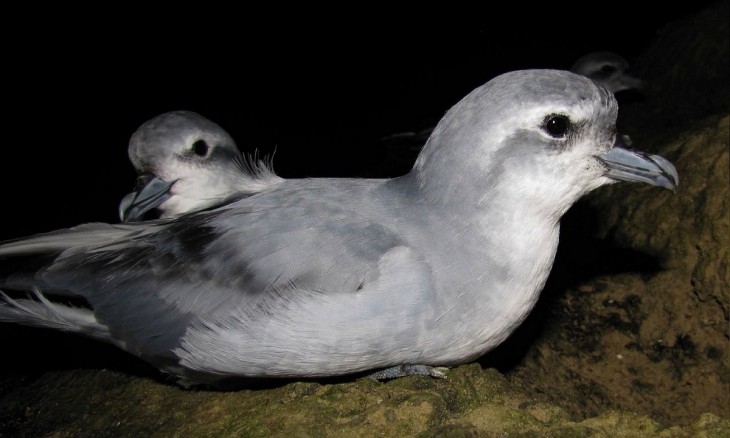
Fairy prions (tītī wainui)
Since then, all mainland colonies have been extirpated by introduced predators except one that breeds on the St Clair Cliffs in Dunedin. The ledges and coves in these sheer cliffs continue to offer a safe, predator-free breeding ground to the species.
For several years, Forest & Bird has provided the colony with nesting boxes and a predator exclusion fence was erected in 2014 to safeguard a larger nesting area above the cliffs. This extraordinary fence was made possible thanks to conservationist Graeme Loh, many keen volunteers and the financial support of the Marjorie Barclay Trust and Speights Brewery.

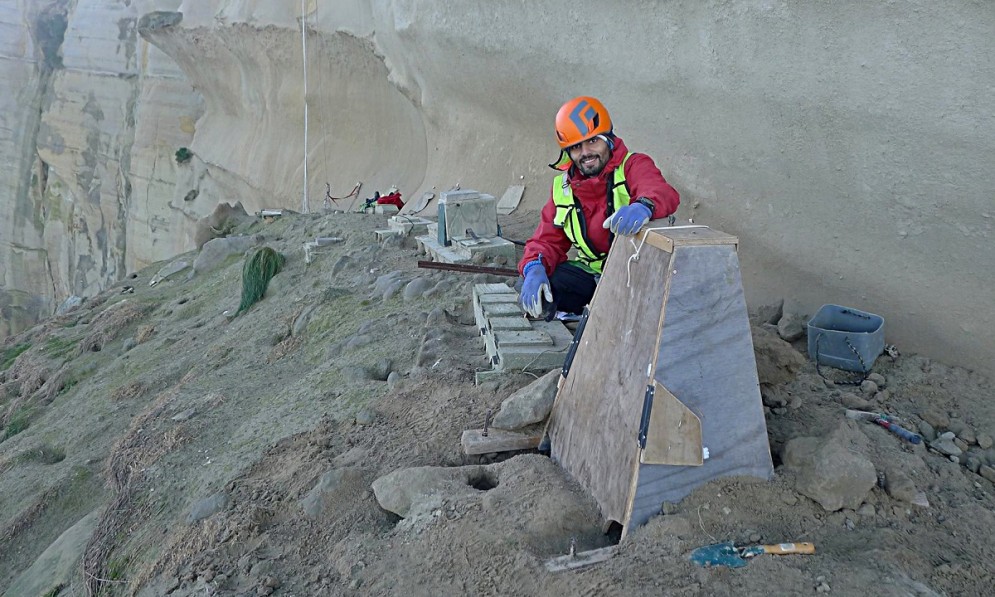
These conservation measures are proving successful.
Fairy prions have been visiting the nest boxes inside the fence (see top-left cam snapshot below). So far, no eggs have been laid but we can expect that it will happen in the near future and the colony will start growing as a result.
Another native seabird species, titi sooty shearwater, has begun using the fenced area for nesting (see cam snapshots and photo below). To date 10 chicks have fledged.
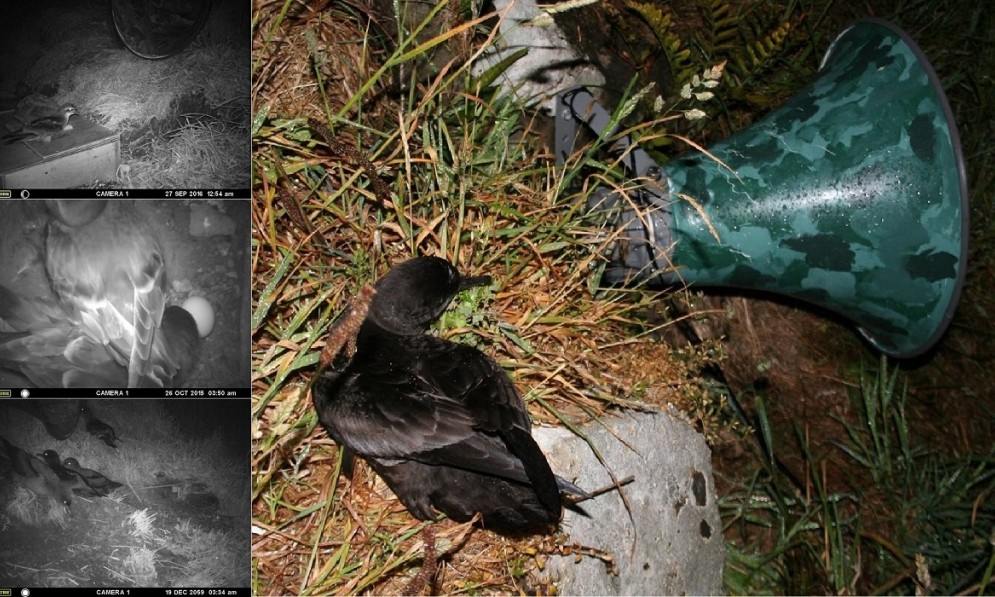
For photos and colony updates: www.facebook.com/fairyprionfence
Protecting sooty shearwaters at Sandymount Reserve
About Sandymount
Situated on the Otago Peninsula, Sandymount Reserve is recognized as an Important Bird and Biodiversity Area for many seabird species including the yellow eyed penguin, little blue penguin, red billed gull, spotted shag, white fronted tern, southern black backed gull, and sooty shearwater. It is managed by DoC.
Sooty shearwaters tītī (Puffinus griseus) are one of the most abundant seabird species worldwide, but populations are declining. In New Zealand, only a few remnant colonies persist on the mainland. One of them breeds at Sandymount Reserve.
Forest & Bird surveyed the site with a specially trained, bird-detection dog at the start of the 2016 breeding season. Results showed numerous burrows and a lot of adult bird activity around them, but few had incubating birds, which hints at a breeding population exposed to high predation with many birds having lost their mates.
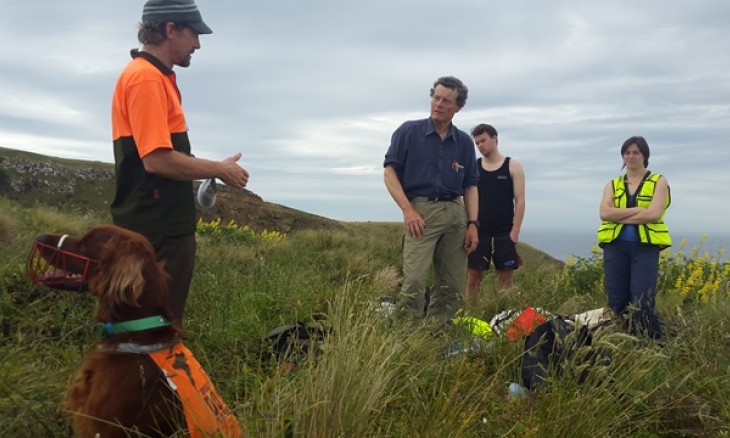
Survey with a bird-detection dog. Credit: Jorge Jimenez
Initial remote camera monitoring confirmed the presence of rats, mice, possums, cats, and stoats (see cam snapshots below). All of them predate on nesting sooty shearwaters, their eggs and chicks during the seven months the birds are actively breeding—egg laying, incubation and chick rearing.
Forest & Bird is currently running a trapping program in the area in collaboration with the Otago Peninsula Biodiversity Group. Subsequent population monitoring will tell if predator control improves breeding success and the site is safe for reintroduction of other seabird species.
This work is made possible thanks to the support of the Marjorie Barclay Trust and The Otago Regional Council Environment Enhancement Fund.
Bring Back the Seabirds is a Forest & Bird led initiative conducted in collaboration with the Yellow Eyed Penguin Trust, the Otago Peninsula Biodiversity Group, DoC, Dunedin City Council, and has received approval from Otakou and Puketeraki Runaka.
What can you do
If you are interested in volunteering with us for any of the seabird projects, we want to hear from you: dunedin.branch@forestandbird.org.nz
You can also follow us on Facebook for regular updates on the branch activity and upcoming volunteer opportunities.
